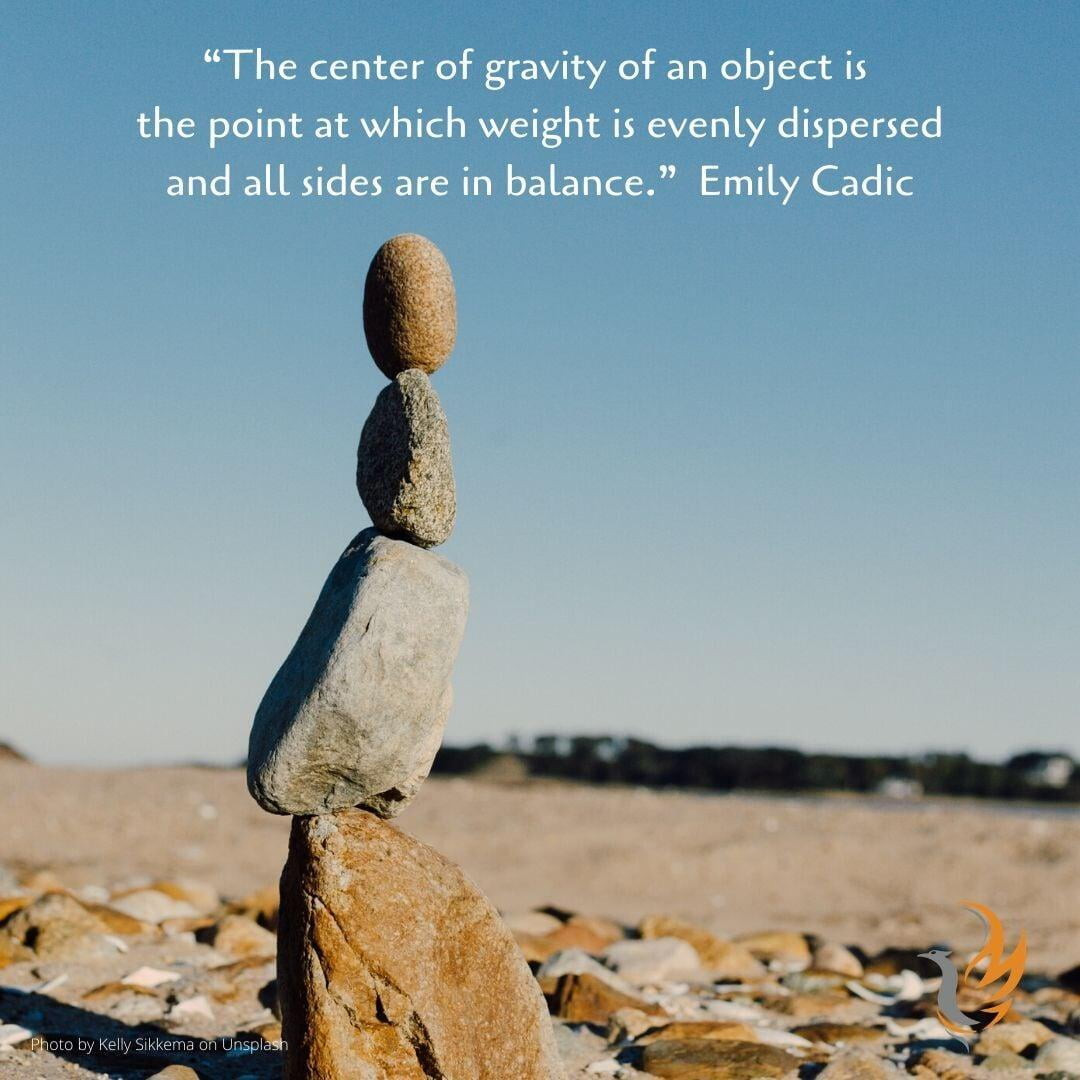Email Campaigns: Marketing's Center of Gravity
Recently, I was discussing marketing strategies with a good friend and colleague, who is the CMO of a global legal tech company. We were comparing notes about the debate of using inbound activities like SEM, SEO, landing pages and social media versus outbound strategies like email campaigns and phone calls for targeted lead generation.
The goal of inbound marketing is to generate new, targeted leads that the sales team can convert into revenue-generating customers. However, research indicates that only “2% of people actually convert to becoming a sale the first time they land on your webpage.”
If you want more control over the conversion of inbound leads, then incorporating outbound marketing is the way to go. “The most efficient lead generation strategies utilize a combination of both approaches, but the key is to understand your target audience.”
This is why email campaigns are so important to marketing. As my colleague so aptly describes, email campaigns are “Marketing’s Center of Gravity.”

Intrigued, I asked my colleague to explain why he refers to email as the "Center of Gravity". He responded, “First, it is targeted and outbound in its initial interaction. Second, it can be captured and presented as content that is persistently displayed on a web page (website). Third, the email can be shared via social media with the captured and presented web page content. And finally, it can be tracked in all forms of its use (email, web page, social media). These are just some ways it spans the spectrum of inbound and outbound marketing, making it a true center of gravity” for a company’s overall marketing strategy.
If you want to maximize the full conversion power of Marketing’s Center of Gravity, then these seven steps will help you find that balance.
1. Content Library. Make sure you have a robust library of content that not only meets prospects’ needs (educational, features and benefits, procedural, statistical) but is also deliverable in a variety of formats (blog article, video, podcast, graphics). See our article, “5 Tips for a Successful Content Marketing Strategy” for more tips.
2. Synching to CRM. Make sure your email campaign tool is directly synched to your CRM. Marketing is responsible for the majority of the sales funnel today, and if you’re doing the job correctly, then all your sales team needs to do is open the CRM record to see every open, click and social engagement for a lead or contact. This helps them to fully understand the subscriber’s interest when they make the call.
3. “To” and “From” Fields. Move away from using a company name, and, instead, personalize the “To” and “From” fields using first and last names for subscribers as well as the sender.
4. Subject Line. You only have two seconds to grab a subscriber’s attention, so be very thoughtful. Keep it under seven words, use industry “hot-button” words and NEVER USE CAPS. Subject line trends seem to change every other year, so be sure to stay educated, read articles and consider the kinds of subject lines that lead you to open emails from others.
5. CAN-SPAM Act, GDPR & CCPA. These are the laws regarding email marketing communications and privacy. All three set rules, requirements and penalties for violations of commercial email activities and privacy of a subscriber’s personally identifiable information. See our article, “5 Ways for Marketers to Prepare for Privacy Compliance.”
6. Subscriber Scoring. Open and click rates are the most common analytics, but subscriber scoring will add a deeper layer to understanding who the best leads are for your sales team. Most email campaign applications provide scoring based on opens, clicks, shares and tags. By setting up the scoring system, you’ll be able to determine which of your leads are most engaged and, therefore, the best opportunities for your sales team.
7. AI (Artificial Intelligence). If you’re lucky, your email campaign provider has incorporated artificial intelligence which, after a few newsletters and autoresponders, will let your sales team know the best times to contact an individual subscriber based on their engagements with your campaigns.
Email campaigns provide a hyper-targeted way to stay in front of leads with quality content until they are ready to engage in a sales deal with your company. If you implement these seven steps and utilize marketing automation properly, you can leverage marketing’s true Center of Gravity to help your sales team convert more leads.
Take this 5-question survey to start aligning your Revenue Strategy goals and receive a PDF copy of your survey responses immediately upon completion. Let RPC Strategies know how we can help you align marketing and sales by scheduling a consultation with us here.
